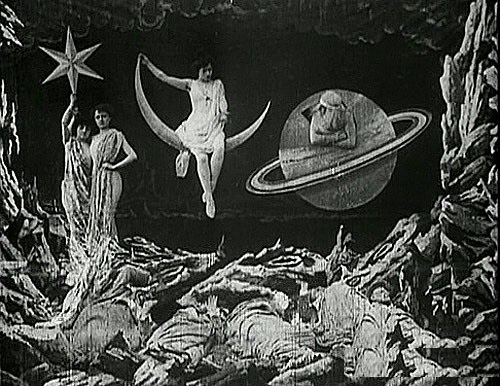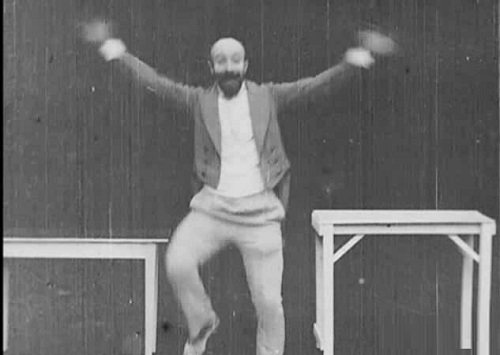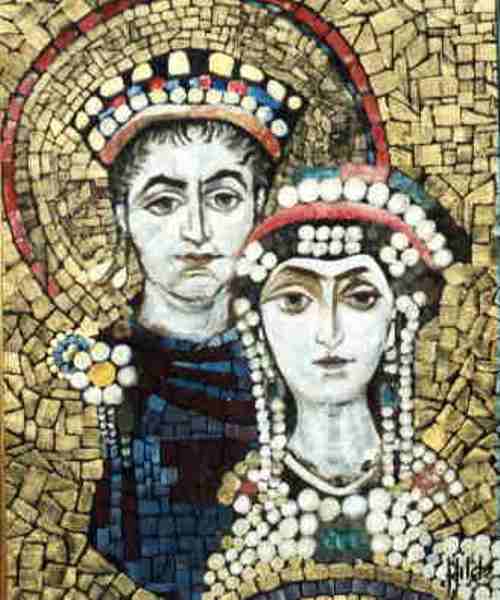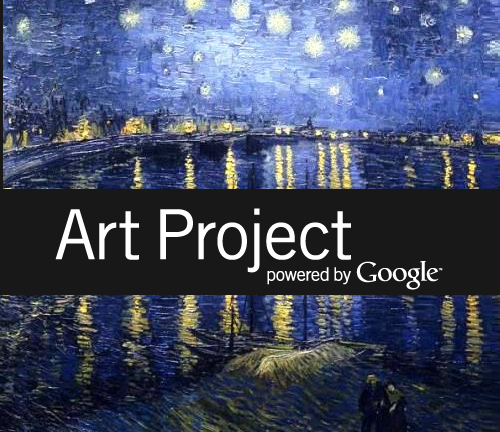Georges Melies the First Cinemagician
Georges Melies the First Cinemagician
French filmmaker Georges Melies was born on December 8, 1861. He was famous for leading many technical and narrative developments in the earliest cinema. Very innovative in the use of special effects, he accidentally discovered the stop trick, or substitution, in 1896. Besides, was one of the first filmmakers to use multiple exposures, time-lapse photography, dissolves, and hand-painted color in his films. Because of his ability to seemingly manipulate and transform reality through cinematography, Georges Melies – often referred to as the First “Cinemagician”.
Exercising total control over all aspects of the filmmaking process, Georges Melies created perfectly self-contained worlds, most of them shot within the confines of his glass-walled studio in Montreuil.
Journey to the Moon, 1902. Georges Melies filmed this remarkable work of art, the first science fiction film in the history of cinema. This Short-farcical comedy, parodied scenes by Jules Verne’s “From the gun to the Moon” and HG Wells’ First Men in the Moon”. The film was made with a simple decor, in a private studio by Georges Melies and his acting troupe.
The Mysterious Portrait, 1899 is a very simple little short, with Melies going back to the magician role as he presents a trick for us. It’s him again in the lead role, and he presents to us a frame in the middle of a room. He walks around it and inside of it to show that it is a normal frame.
The two of them make exchanges for several seconds, until Melies asks him to do something and the frame distorts and the Melies double goes out of view. Melies than dances around the set excited about the success of his trick.
Le chateau hante, 1897. Man defies the warnings of his friend and going to spend the night in a haunted castle. He nonchalantly sitting in a chair that suddenly disappears and reappears on the other side of the room, making the daredevil fall to the ground. A man stands up, looks around indignantly and goes to the chair, about to put it in its place, but suddenly there is a mystery man in white robes and a hood-wielding box. Drawing his sword, the man lunged, but in place of a stranger appears skeleton. He shakes the skeleton, and he turns into a big guard, dressed in armor. Then he disappears, but the other man appears behind, pointing to the new appearance of a stranger in white.
La lune a un metre, 1898. An astronomer observes through a telescope on the moon. Suddenly, he sees a girl on the moon and goes to her. But it eats the moon. Then he realizes it was a dream.
First and foremost, Georges Melies films are the work of a showman, the tricks proudly displayed while the wizardry is kept under wraps. Usually prized for their intricate mise-en-scene, his films are also feats of editing-as-illusion, a fact easily missed by those accustomed to associating cuts with spatial transitions.
Instead, many of Me´lie`s’s disguised cuts operate to facilitate a transformation; accordingly, all elements of the mise-en-scene must remain in the same place while a single object is removed or re-positioned to enable the visual trick to work effectively. Through these substitution splices, Georges Melies engaged in a form of invisible editing, though not the type associated with later classical storytelling methods.
Illusions phantasmagorias, 1898. The magician conjures a dove and place it in the box. Out of the box appears a boy whom the magician divides in two with an ax. The two boys quarrel, and the magician turns one of them into a sheet of paper, which he tears into pieces. He puts the second boy in the box. Then the magician hammer smashes box to show that the boy had disappeared. The Boy reappears and turns into flags. Magician disappears in a puff of smoke and re-enters through the door to bow to the audience.
Un homme de tetes, 1898. The magician takes off his three heads and plays the banjo. Then he hits all three heads with banjo and adds himself another head.


































